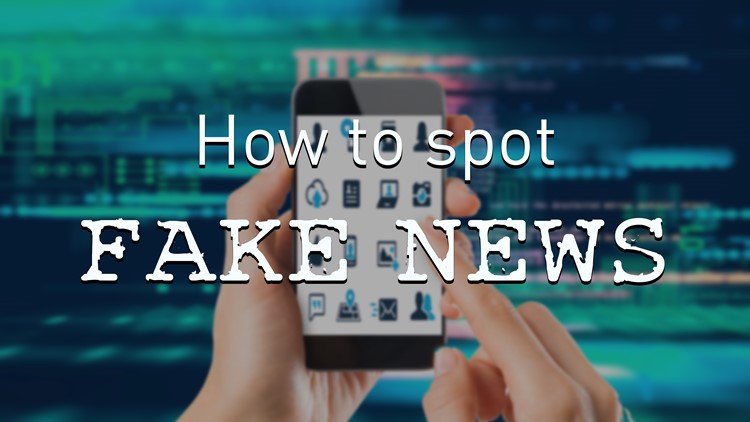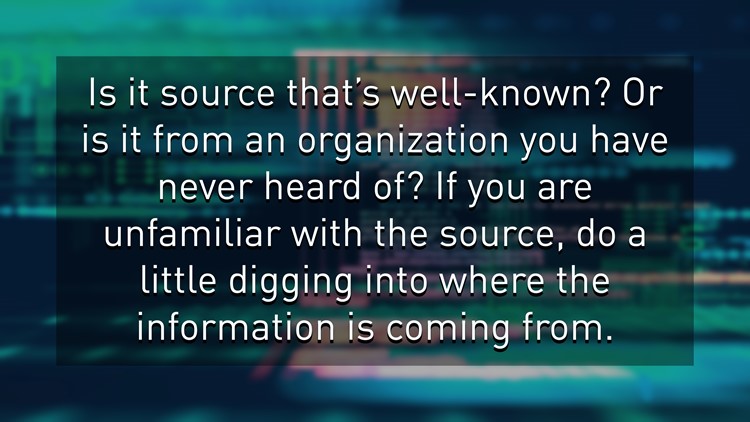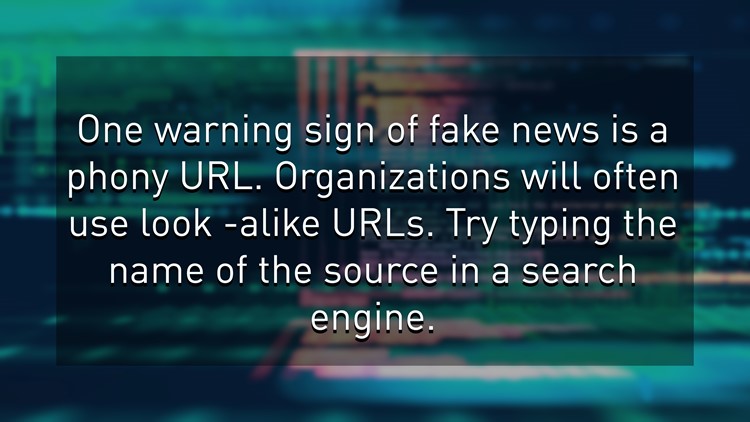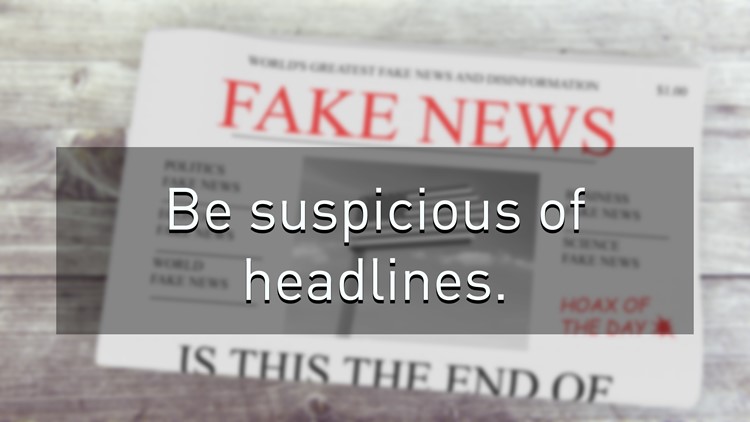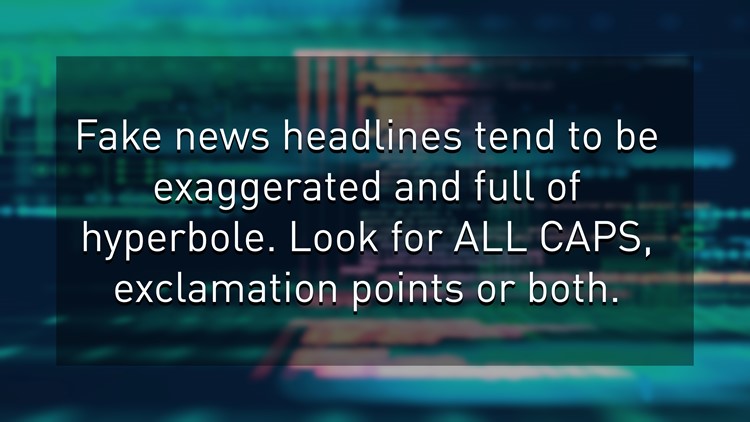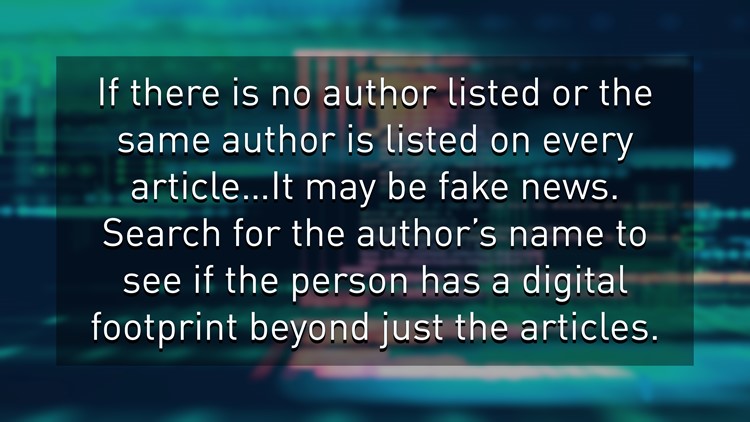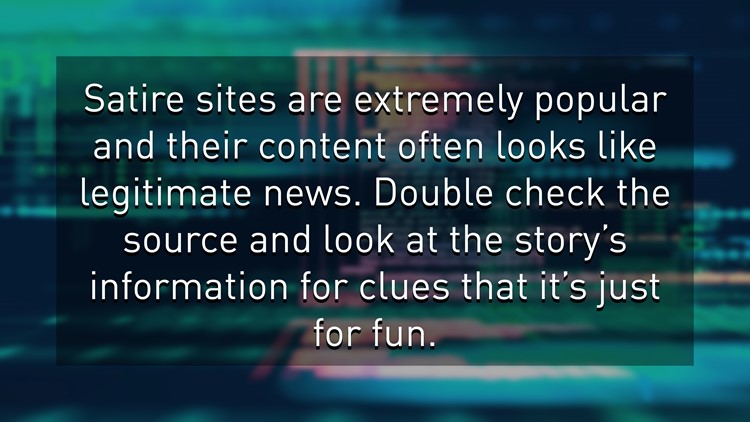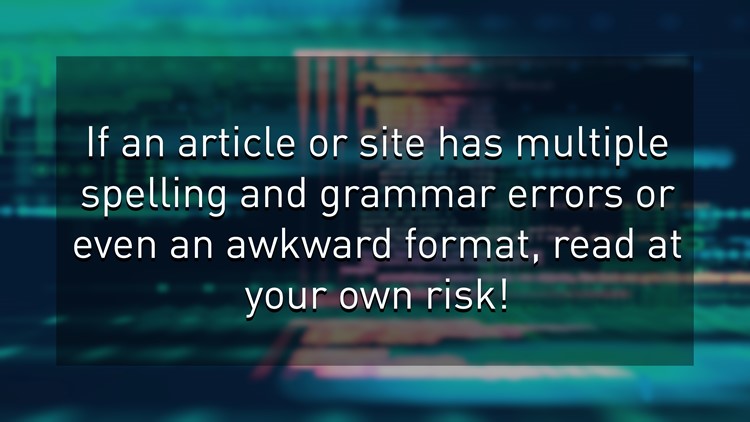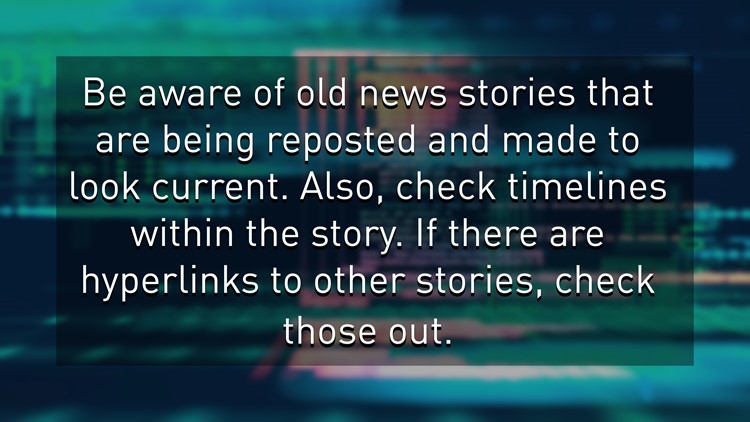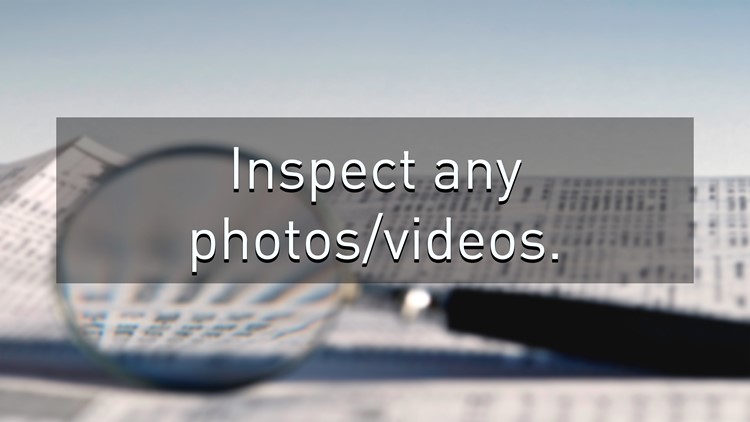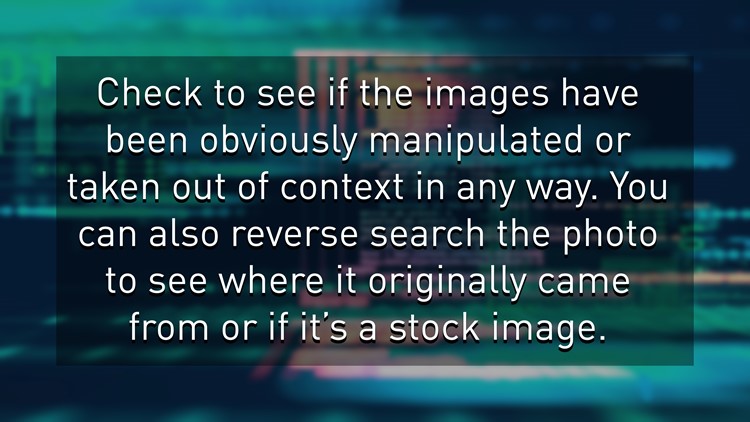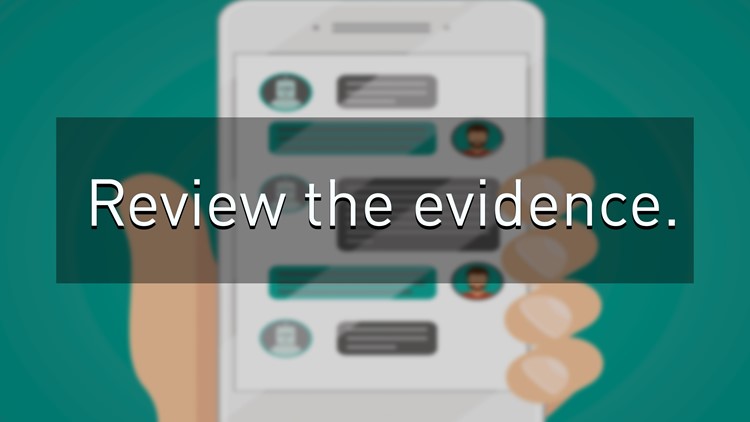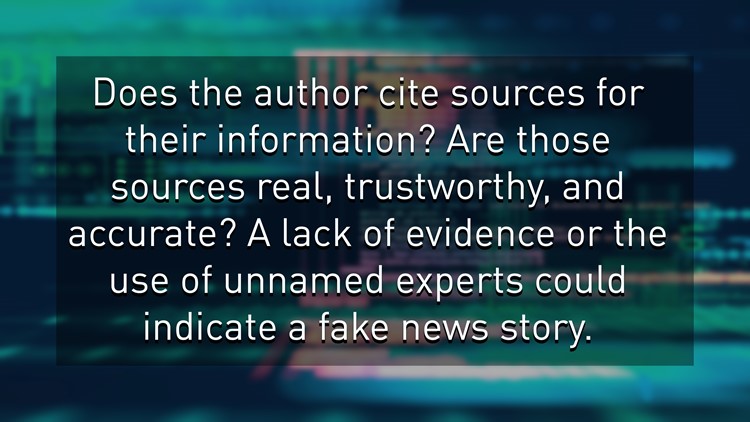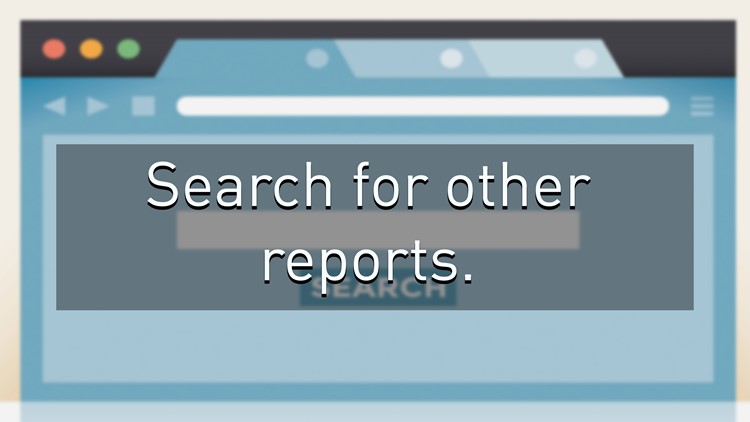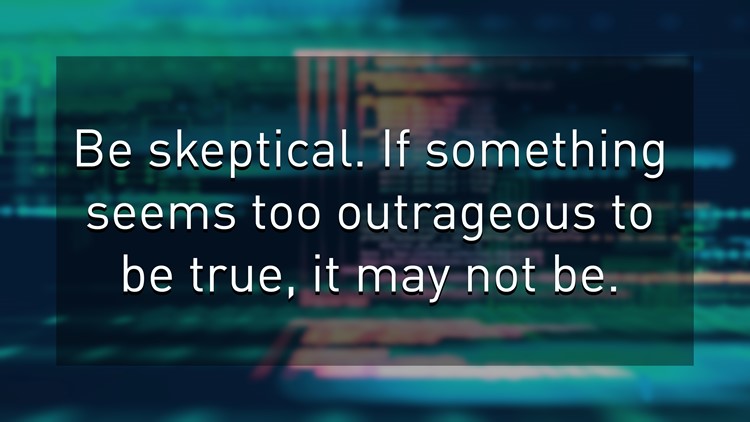For Fake's Sake: How to spot fake news
<p><span style="font-size: 12px;">What happens when “News you can use” turns into to news that uses you?</span></p>

“News you can use”
That’s one of the guiding principles journalists use to decide the value of a story. The goal is to give you, the viewer, the information you need to get through your day. It’s a traffic alert to help you navigate your commute. It’s a weather update to help you prepare for a storm. It’s background information on a candidate asking for your vote for city council.
Let’s face it, we need the news. “News that you can use” gives a person the data points they need to make informed decisions. After all, knowledge is power, right? But the accuracy and credibility of the information we receive has been called into question with the term “fake news”.
“The simplest [form of] fake news is something that’s totally false. Quite often created with an economic incentive in mind to attract eyeballs," says Dr. Hans Klein, Associate Professor of Public Policy at Georgia Tech.
So what happens when “News you can use” turns into to news that uses you?
Part 1: Defining Fake News
Fake news isn’t new, but it’s provoking division and distrust, both in institutions and amongst ourselves. Fake news isn’t always political, but it’s almost always personal. And guess what? Anyone can fall for it. Even you.
(App users click here to take the quiz | Story continues below)
In the spirit of transparency, we conducted our own “Fake News Survey”. With the help of our survey administrator, Andra Gillespie, an Emory University Political Scientist, we set out to find out how easy it is for informed people to get duped by fake news.


More than 200 people answered our call for participants on Facebook. Each person took two quizzes. The first was a quiz on current events to create a baseline (that’s the quiz listed above. Take it!). The second asked respondents to identify which stories they believed were fake. On average, those surveyed incorrectly believed twenty-five percent of the “fake news” stories were true.
How do you score? Take the quiz below (app users click here -- story continues below)
Real headline: True or false?
If you didn’t score as well as you hoped, don’t worry, you’re not alone. A Pew Research Center study shows that 23% of people have shared a made-up news story, either knowingly or not.
Georgia Tech professor Dr. Sarah Laiola decodes fake news and says that wading through what’s real and what’s fake can get murky at times. In fact, it’s so murky, that even defining the word “fake” is challenging.
“I guess what I’d call it academically [speaking] is this floating signifier which is probably not useful; just a word that has so many meanings that it doesn’t have a meaning any more at this point,” Dr. Laiola explains. She says 'news reports containing incorrect information' doesn’t accurately describe the fake news phenomena that we see today. “In general I tend to think of fake news as news that’s shifted its focus away from information to get some kind of ideological confirmation or denial, or elicit some kind of intense reaction.”
Part 3: Who spreads it?
Determining facts versus fake is especially difficult if you get your news from social media. Facebook and Google are tweaking algorithms and experimenting with new formats to help combat the problem. But algorithms can only do so much, especially when the problem goes deeper than fact versus fiction.
There is a clear difference between misinformation and disinformation, and it all comes down to intent.

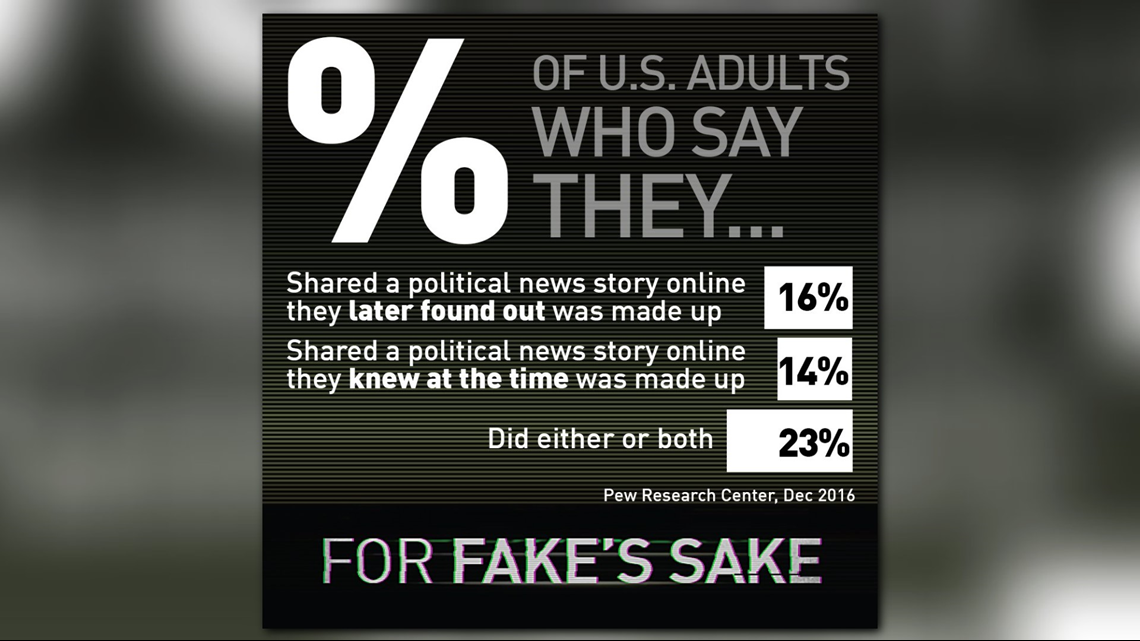
Misinformation most often is a mistake or factual oversight. However, disinformation is the more sinister version of intentionally disguising false information as fact. The goal is simple: to sway public opinion or camouflage the truth.
The gallery below will help you decide the credibility of a news source, but decoding the intent is up to you.
How to spot fake news
Sixty-four percent of American adults say fake news stories cause a great deal of confusion about the basic facts of current issues.
The internet is filled with sites that look legit, but may have an agenda.
“Some people call it alternative news media as compared to mainstream sources. Propaganda, satire, these all kind of go under the same umbrella," says Professor Laiola.
So who writes this stuff? If skepticism about fake news causes us to question the legitimacy of a news story, then we should probably look into the content creator.
Meet Matt Agorist.

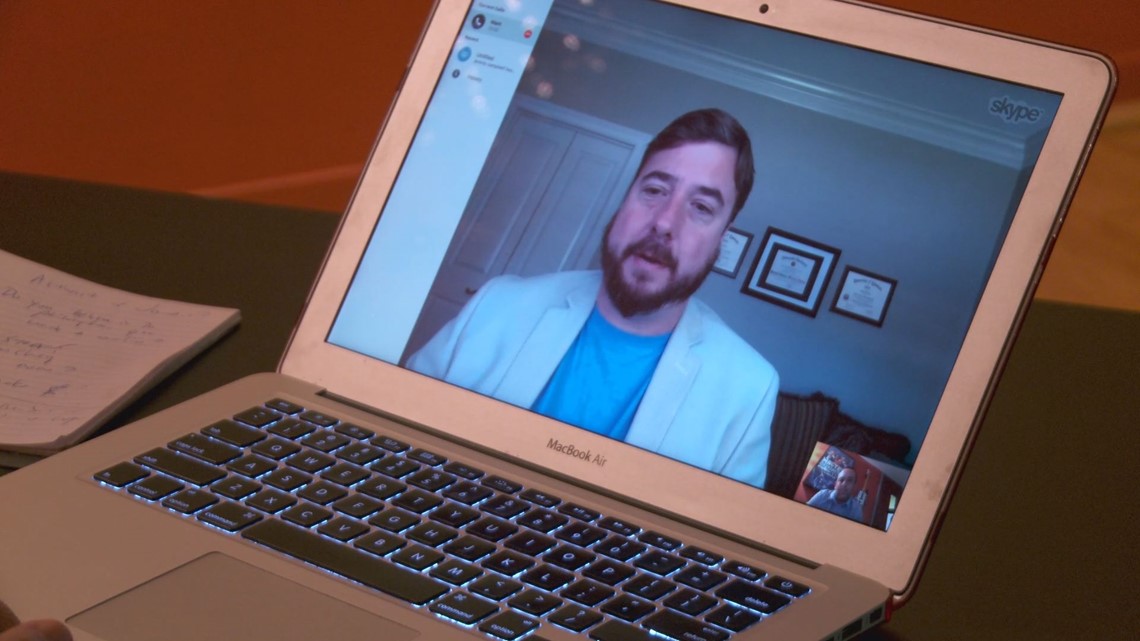
Agorist is the editor-in-chief for The Free Thought Project, a site whose mission claims in part to “foster the creation and expansion of liberty minded solutions to modern day tyrannical oppression." Agorist and his contributors want their work to cut through what they call the “ideological cloud” and have a desire to “change this paradigm by providing a beacon of truth amongst all the lies.” It’s an ambitious task, no doubt. It was a task made even more difficult when a number of other traditional news outlets labeled The Free Thought Project as fake news.
Matt Agorist is a tough guy to get ahold of. Dozens of voicemails, emails, Tweets and Facebook messages left us with several cancelled interviews and no real confirmation of his identity or credentials.
It turns out Matt Agorist is not his real name. The pen name is an offshoot of the term “agorism," a concept related to libertarian counter-economics.
“I think when you challenge somebody’s political beliefs in the manner that we do, sometimes people react in anger," Agorist says.
Matt Agorist identifies himself as both a journalist and an activist.
“I like to think of journalism as activism," Agorist explains. “Activists go out and try to tell people what is going on in government and in society, so I think the two aren’t separate. I think if you’re a journalist, you’re an activist.”
That link may be disputed by many journalists, especially because activism is inherently bias. But Agorist doubles down, and is unapologetic about the activist agenda fueling The Free Thought Project.
“We’re about promoting freedom and sustainable society and equal justice and rights for everyone,” he says.
In fact, Agorist maintains having an agenda is what sets his platform apart from the rest of the so-called mainstream media.
“On an individual basis, yes, some reporters will come out and find something damning against the state, but mainstream media as a whole, they parrot the message of the establishment, whether that message is true or not," he claims.
Another crucial aspect that sets The Free Thought Project apart from the mainstream is their “pay for performance” business model. His writers are paid based on how many clicks each article gets online. Simply put, more clicks equal a bigger a paycheck. Agorist maintains his site receives anywhere between six to 15 million unique views a month and reaches 60 million people on Facebook. You don’t need to be a mathematician to know that there is a potential for financial gain. When it comes to media consumption today, if the content is compelling—and incendiary—enough, you’ll get the clicks.
As editor-in-chief, Matt Agorist stands by the validity of the content posted on The Free Thought Project. Many of the facts that serve as the foundation for stories on the site are attributed to reputable, mainstream news outlets, such as Reuters and Associated Press; but a central component to most of the site’s stories is commentary.

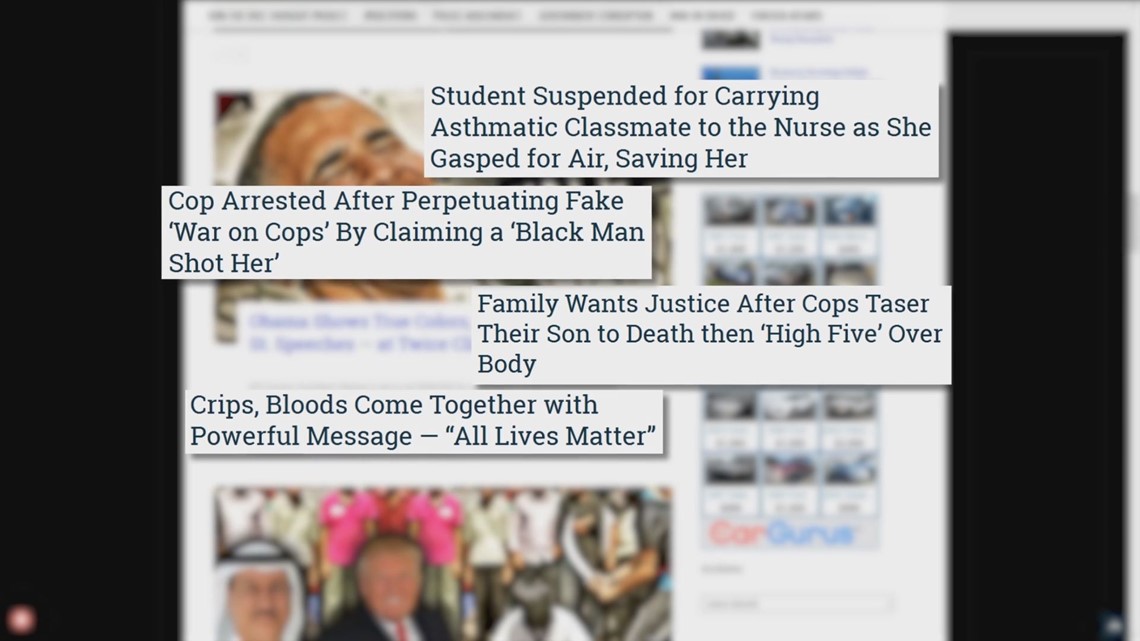
“There are clearly articles that are opinion and there are articles that are all fact as well," Agorist says. “We’re not hand picking facts to make a story, we’re reporting on actual facts and then we give a potential solution, or a way to solve the problem, or back it up with other stories that are equally similar… Some people might think that’s opinion based, but solutions in journalism is a necessity.”
Agorist insists that it’s too easy for critics to denounce the site as fake news.
“Sometimes these views that we put out there can easily be written off by people who they expose by just labeling us as fake news,” Agorist says.
Agorist doesn’t claim The Free Thought Project is the only source of the truth, nor does he say the site should be the only source one goes to get their news. He says he wants to inspire conversation and a free flow of alternative views.
“Of course there’s opinion involved in the website," Agorist admits, “but the point isn’t to tell anybody what to think, the point is to help people think.”
Agorist proposes a challenge to those that believe The Free Thought Project is fake news.
“Call us out. If you think it’s fake, try to prove that. They’re not going to be able to, which is why we’re not fake news.”
So how can you tell what’s coming from a mainstream site and one that operates with an alternative agenda? Dr. Hans Klein recommends asking questions about the news you consume. “Treat it as an information source, but don’t simply ingest what you’re being told. Look at it skeptically. Think if it makes sense.”
Dr. Klein advises, “in some ways you might be better off treating all news as potentially fake, than treating all news you receive as just true.”


